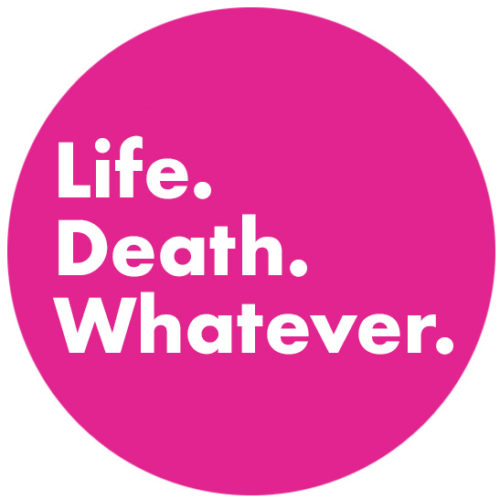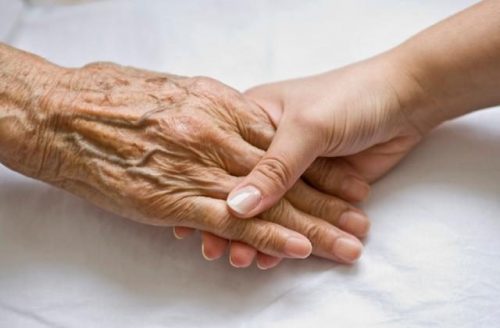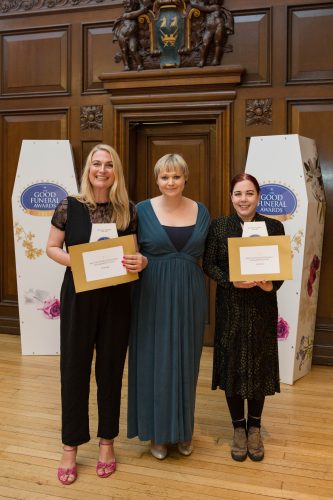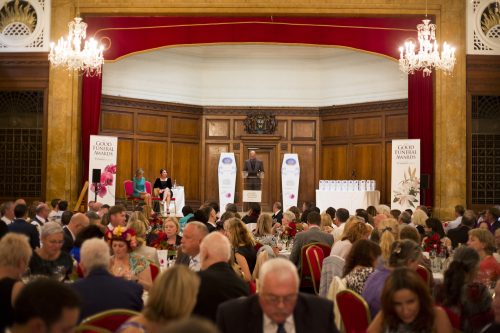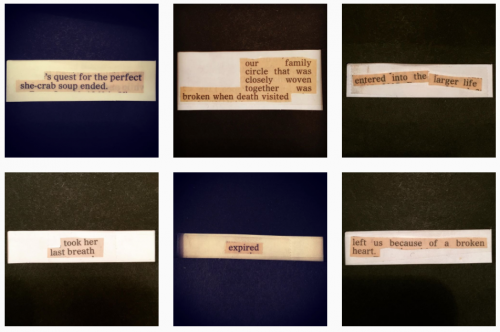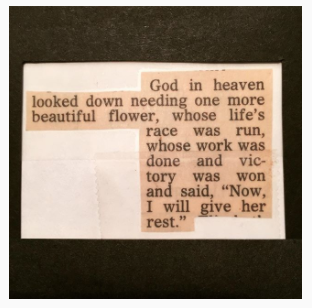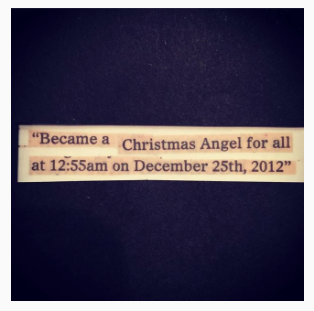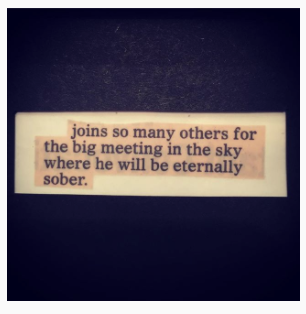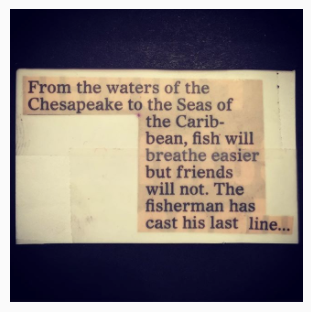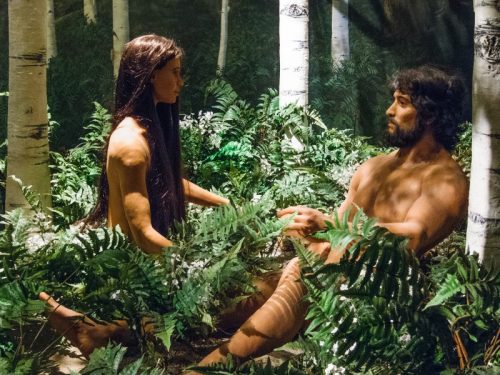Editor’s note: Since writing this article, we have been informed of some serious misgivings about the Ecolation offer, and we would advise any readers to consider the points raised by Mary in the comments below. For clarity, the Good Funeral Guide does not endorse ecolation as a process as it is as yet unproven.
We have decided to leave the post on the blog as it was written in good faith at the time, however it is also our understanding that there have been some internal changes at ecoLegacy and Tony is no longer involved.
Towards the end of last year, we listened to Tony Ennis of ecoLegacy speaking at the ICCM conference about his soon-to-be released new alternative to cremation. What he had to say to the packed conference room was so fascinating that the GFG decided we needed to know more. So on a chilly January morning, Fran hopped on a flight to Dublin to spend the day at the ecoLegacy HQ.
‘I have to say, I went to Dublin not really knowing what to expect. Everything I had heard from Tony made sense, I’d done lots of background reading about him and his project, and it all appears to be 100% genuine. But I also thought that this was too good to be true, and that there had to be a catch.
I have to report, dear reader, that if there is one, I haven’t found it. It is quite possible that I was privileged enough to be among the earliest people to be shown something that is groundbreaking – and game changing – for the ways that we deal with our dead.
Everything that I saw and was told makes sense. The people involved are passionate and genuine. Huge amounts of research have been done. Various processes have been trialled and found wanting, so the engineers started over and tried a different way until they found the solution. The potential issues with current law in the UK have been addressed. There are very eminent bodies overseeing and interested in what Tony is doing (his work is being overseen by Imperial College), and the main players in the funeral industry have all already been to Dublin to be shown the unit and given the tour as I was.
It seems to me that it’s simply a matter of time before the first ecoLegacy unit is available to UK clients – and probably not much time at that. Then we will see how the public respond to something completely new. My instinctive feeling is that it will be phenomenally successful.’
Read the information from ecoLegacy for yourself below.
And if you have any questions, write them in the comments. We’ll get Tony to respond.
“Basically, ecoLegacy has developed “cremation 2.0”, a next-generation, environmental and ethical alternative to burial and cremation called ecoLation. It will ensure a greener planet and cleaner air. The company has its headquarters in Ireland and is currently operating in the UK and the US.
The idea was inspired by Philip Backman, a US scientist and teacher, who came up with the original idea around 1971, the same year Tony Ennis was born. ecoLegacy’s goal is to make Phil’s vision a reality and scale it globally and this is currently happening with initial orders coming in from all across Europe and the US. (more info here http://www.ecolegacy.com/philip-backman-a-moment-of-clarity/)
ecoLation is a flameless form of cremation. It has developed a thermal process that uses cold and heat and pressure. It reduces emissions and poisons from reentering the earth’s precious and delicate eco systems.It is respectful to the body, it is respectful to the family and it is respectful to the planet.
So what happens when a loved one dies and has chosen ecoLation?
First they cool the body to just the right temperature. The body is placed inside a pod, the temperature is lowered and the body is chilled. Water is released back and forth over the body reducing the remains down into ice particles. These particles are filtered through to a unit that recreates the earth’s natural process that normally takes thousands of years.
All toxins and chemicals we build up while living are neutralised and the result is completely organic nutrient rich remains. A tiny seed – of a plant, a tree or a flower can be placed into this powder and, coupled with soil, water and love, you or your loved one can grow into a beautiful strong tree or your favorite flower.
In terms of efficiency, the unit uses electric energy to get up to temperature and to create the right conditions. However, as the remains are ecoLated, they break down on a molecular level and release a very clean bio gas. This gas is turned into heat energy which is then used to power the system. Whilst there will always be an energy requirement, it is brought back as close to zero as possible through our technology.
In the next 70 years, the Earth’s population will reach and probably soar past 10 billion people.
ecoLegacy offers an ecological choice to funeral directors and families that will ensure a greener planet and cleaner air and thus a healthier ecosystem.
Unlike burial and cremation, ecoLation offers a pure, more sustainable choice and breathes new life into the earth in plant form.
In the next 100 years, at current rates, we will need to bury or cremate more than 10 billion people. A staggering 54% of the world’s population lives on just 3% of the land, in cities, where the urban landscape cannot accept further burial or afford the pollution side effects of burning our dead. Typically funeral home clients have the two standard alternatives presented to them, but from an environmental, ecological, ethical or indeed practical standpoint, neither of these two methods are sustainable for the long term.
Current burial rates are unsustainable in our modern world. More and more we can detect the effects of burial from fluids leaching into our soil and water courses. This hazardous waste also contains embalming fluids and, in recent times, a huge degree of chemicals from end of life drugs administered. Not to be overlooked either are the harmful pathogens that live on after we die, or the veneer on the coffins etc. We are running out of space too.
Cremation, a method becoming more popular, has relatively high pollution levels, releasing on average 400kg of CO2 per body into the atmosphere. Cremation is also responsible for a number of other pollutants and dioxins and of course it consumes fossil fuel in the form of either oil or gas.
ecoLation is clean. There are no emissions of harmful chemicals. The body is ethically treated and all metals and foreign compounds removed. There are no chemicals active, no diseases still alive, no issues in relation to leaching and no carbon / heavy metals or dioxins. The remains are totally sterile, totally natural and totally clean. It’s a new way to be remembered.”

